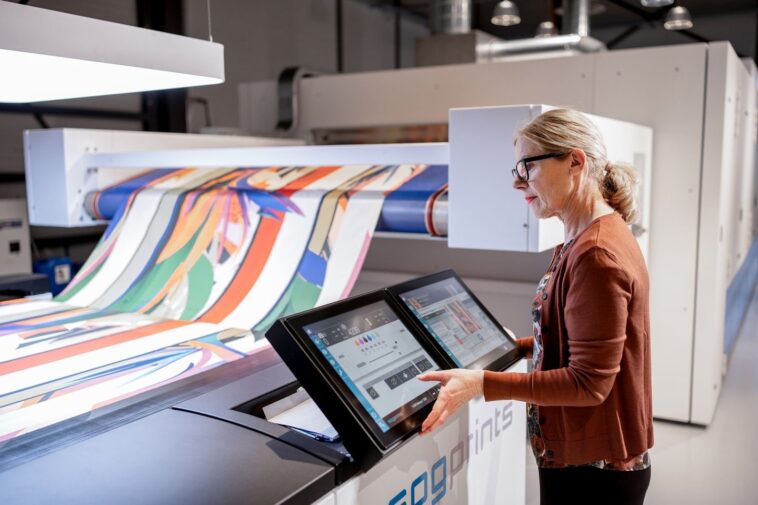The textile industry has long relied on traditional printing methods, which often come with limitations in design flexibility, production efficiency, and sustainability. However, a transformative solution has emerged in the form of digital textile printing technology. This innovative approach offers a wide range of benefits and applications that are revolutionizing the way fabrics are printed and opening up new possibilities for the industry.
In this blog post, we will delve into the world of digital textile printing, exploring its advantages, sustainability features, high-quality reproduction capabilities, cost-effectiveness, and scalability. We will also discuss its applications, impact on designers and artists, challenges, and future developments.
Understanding Digital Textile Printing
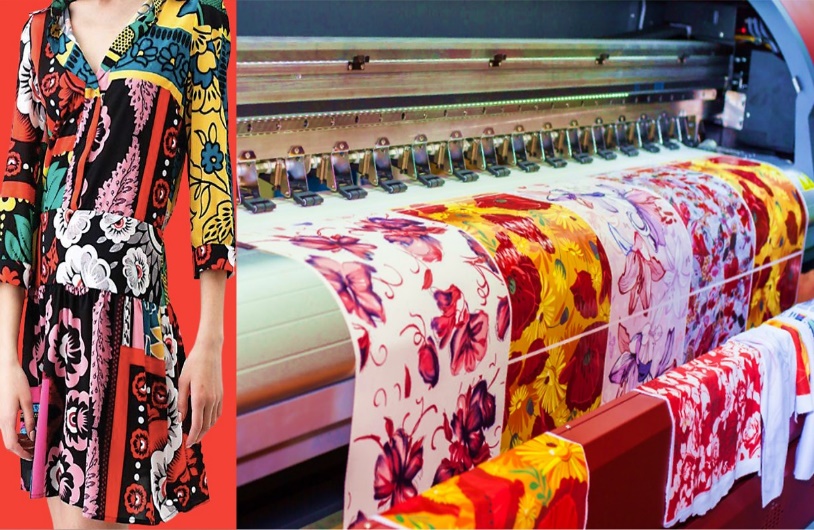
Digital textile printing is a cutting-edge technology that allows patterns and designs to be directly printed onto fabrics using inkjet or other specialized printers. Unlike traditional methods such as screen or block printing, digital textile work eliminates the need for complex setup and preparation.
It works by transferring digital files onto fabric, enabling intricate designs and fine details to be reproduced with remarkable precision and accuracy. This technology offers a significant improvement over traditional methods in terms of speed, efficiency, and ease of use.
Advantages of DTP
Digital textile printing offers a plethora of advantages over traditional inscribing methods. One of its key benefits is design flexibility, allowing for limitless customization options. Designers can create unique patterns, color combinations, and even personalized prints for individual customers.
This level of customization was previously challenging or impossible to achieve with conventional printing techniques. DTP reduces lead time and increases production efficiency since it eliminates the need for time-consuming setup processes. This results in faster turnaround times, allowing businesses to respond quickly to market demands.
Sustainable and Eco-Friendly Option
The textile industry has been under scrutiny for its environmental impact, particularly in terms of water consumption, chemical usage, and waste generation. This form of printing addresses these concerns by significantly reducing water consumption and waste generation compared to traditional methods.
Moreover, the current economic climate, with concerns about currency devaluation, makes it increasingly important for industries to adopt sustainable and cost-effective practices. Preparing for a currency devaluation is crucial for businesses, especially in sectors like the textile industry, where global market dynamics can significantly impact production costs and profit margins.
The elimination of hazardous chemicals, which are commonly used in other carving techniques, makes digital textile printing services a more environmentally friendly option. Furthermore, this technology consumes less energy, contributing to the overall sustainability of the industry and promoting a greener approach to fabric production.
High-Quality and Detail Reproduction
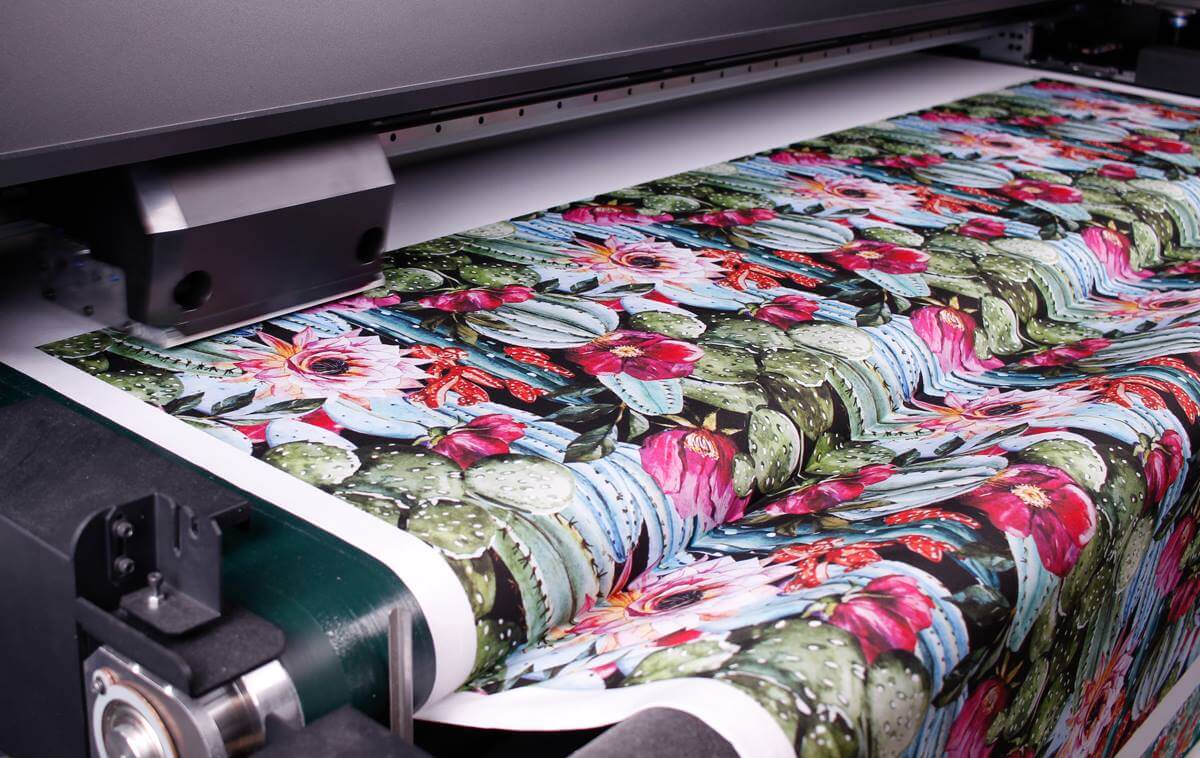
Digital textile printing excels in reproducing intricate designs and capturing fine details. With its precise operational capabilities, this technology can render sharp, vibrant, and complex patterns with exceptional clarity.
Digital textile prints exhibit enhanced durability and color fastness, ensuring that the designs remain intact and vibrant even after numerous washes. The level of detail and quality achieved through this form of printing allows for the production of fabrics that truly stand out, meeting the high standards of fashion designers, interior decorators, and artists.
Cost-Effectiveness and Scalability
Digital textile printing offers significant cost savings for businesses. Unlike traditional methods that require extensive setup and preparation, digital version eliminates these time-consuming processes, resulting in reduced production time and costs.
It also allows for printing small or large quantities without additional expenses, making it suitable for both small-scale and large-scale productions. DTP is highly adaptable to various fabric types and other requirements, further enhancing its scalability and cost-effectiveness for different businesses in the textile industry.
Applications of Digital Textile Printing
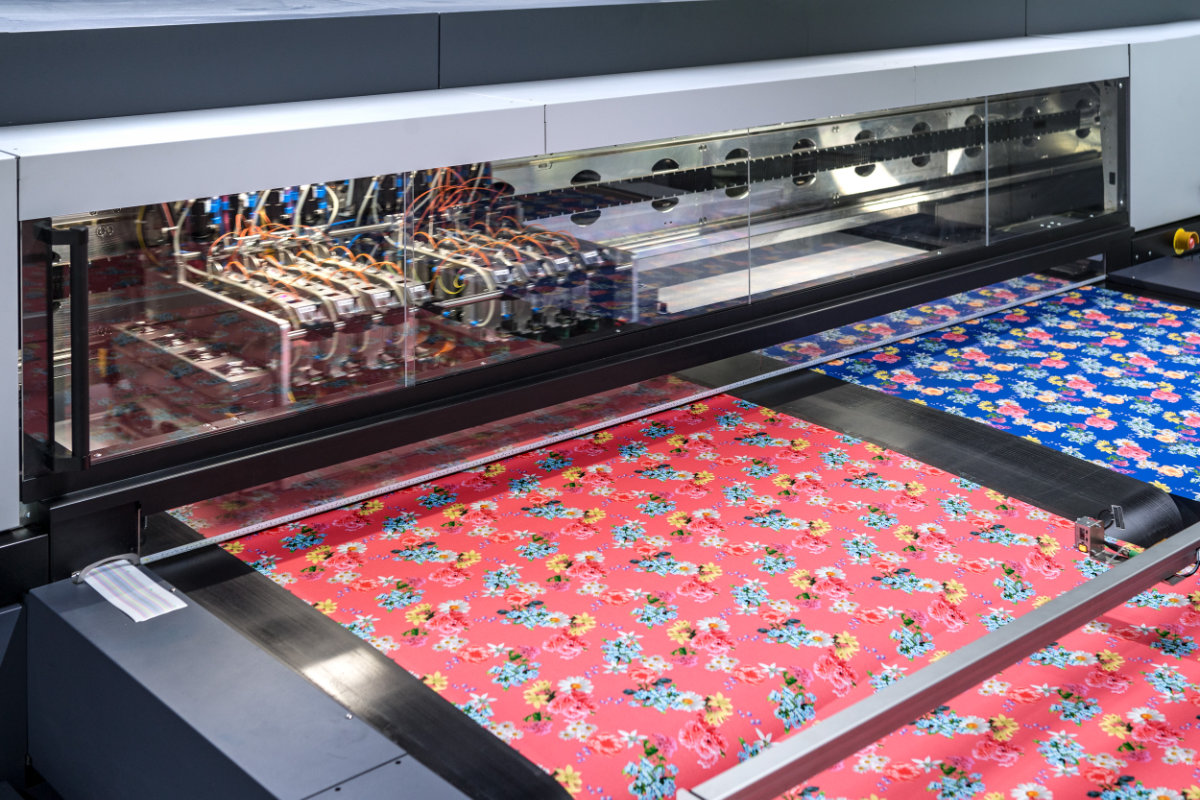
Digital textile printing finds wide-ranging applications in various sectors. In the fashion and apparel industry, it enables designers to create unique and custom designs, giving their collections a distinctive edge. Home textiles and interior design benefit from the ability to print customized patterns and designs that perfectly complement individual tastes and aesthetics.
Additionally, it opens up opportunities for textile-based advertising and promotional materials, such as banners, flags, and signage, allowing businesses to showcase their brands in a visually captivating and engaging manner.
Printing Techniques
Digital textile printing encompasses different techniques, each offering unique advantages. Direct-to-fabric option allows ink to penetrate directly into the fabric, resulting in a softer feel and improved color penetration.
Sublimation printing involves transferring dye onto a special paper, which is then transferred to the fabric through heat and pressure. This technique is particularly suited for synthetic fibers.
Hybrid printing technologies combine digital and traditional methods, allowing for the incorporation of special effects, such as foiling or flocking, into digital prints.
Impact on Designers and Artists

Digital textile printing empowers designers and artists with new creative possibilities. They can explore intricate patterns, vibrant colors, and experimental designs that were previously challenging to achieve. This technology also facilitates faster prototyping and iteration processes, enabling designers to bring their ideas to life more quickly and efficiently. Moreover, digital textile printing enables customization and personalization for individual clients, catering to their unique preferences and requirements.
This level of creative freedom and flexibility strengthens the bond between designers/artists and their customers, fostering a more personalized and meaningful design experience.
Challenges and Considerations
Implementing digital textile printing technology does come with some challenges and considerations. The initial setup and investment costs can be significant, as businesses need to acquire specialized printers and software.
There is a learning curve involved in mastering the DTP software and equipment. Training and expertise are crucial to optimize the benefits of this technology fully.
Like any machinery, digital inscribing equipment requires regular maintenance and upkeep to ensure its longevity and performance. Businesses must factor in these considerations when considering the adoption of digital textile printing.
Future Developments and Trends
The future of digital textile printing is bright, with ongoing advancements in inkjet technology and color management systems. These advancements will further enhance the color accuracy, precision, and durability of digital textile prints.
Moreover, the integration of this method with other technologies, such as 3D printing or smart textiles, holds immense potential for innovative fabric designs and applications.
There is a growing trend towards on-demand and decentralized production models, where DTP can play a pivotal role in providing quick, efficient, and customized fabric production solutions.
Conclusion
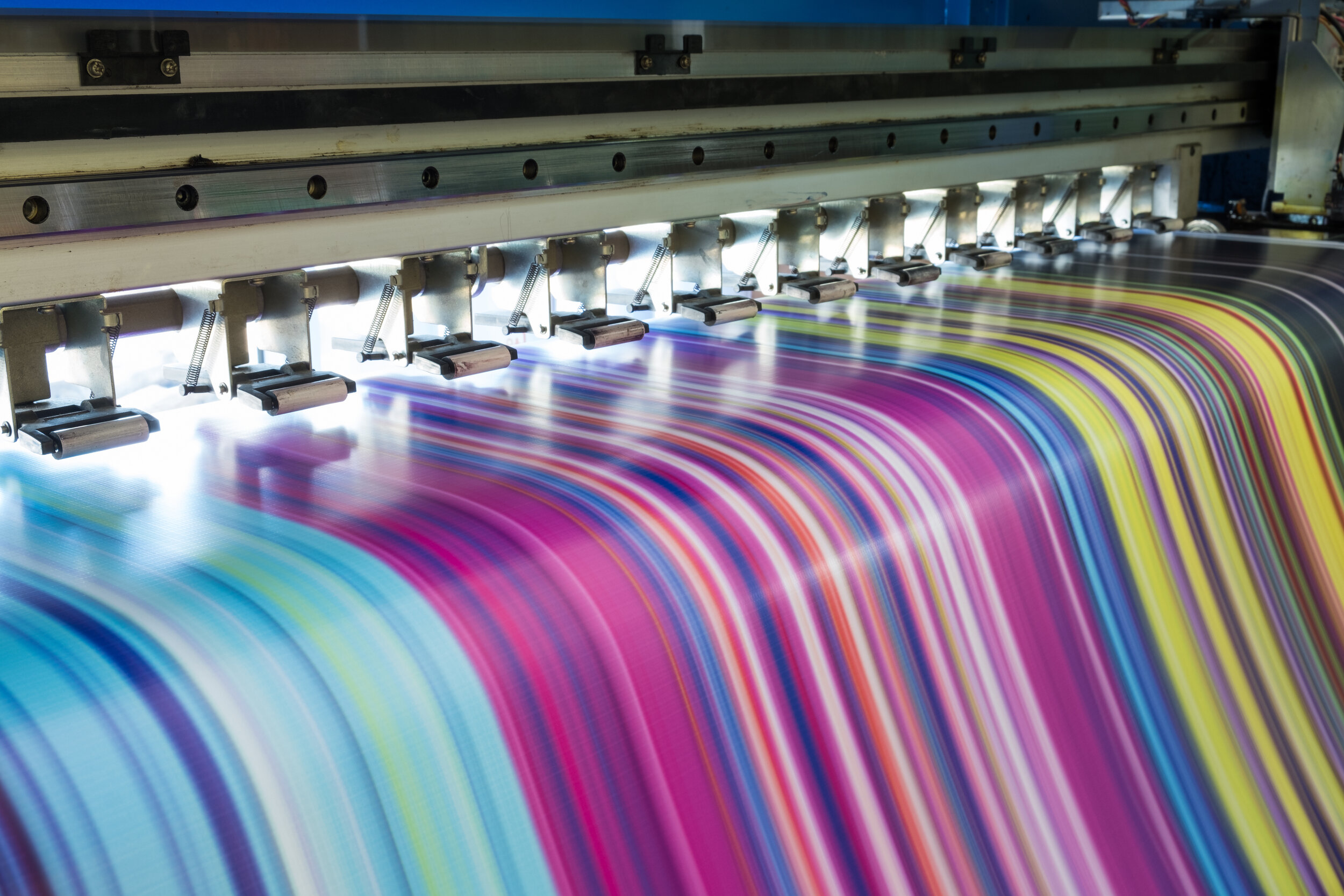
Digital textile printing technology is revolutionizing the entire industry, offering a host of benefits such as design flexibility, reduced lead time, improved sustainability, high-quality reproduction, cost-effectiveness, and scalability. Its applications span various sectors, empowering designers and artists with new creative possibilities and allowing businesses to meet individual customer preferences.
While there are challenges and considerations, the future of digital textile printing looks promising with ongoing advancements and trends. Embracing this revolutionary printing method can drive innovation, sustainability, and further propel it into a new era of limitless possibilities. The time has come for businesses and individuals to explore and harness the transformative power of digital textile printing technology.



